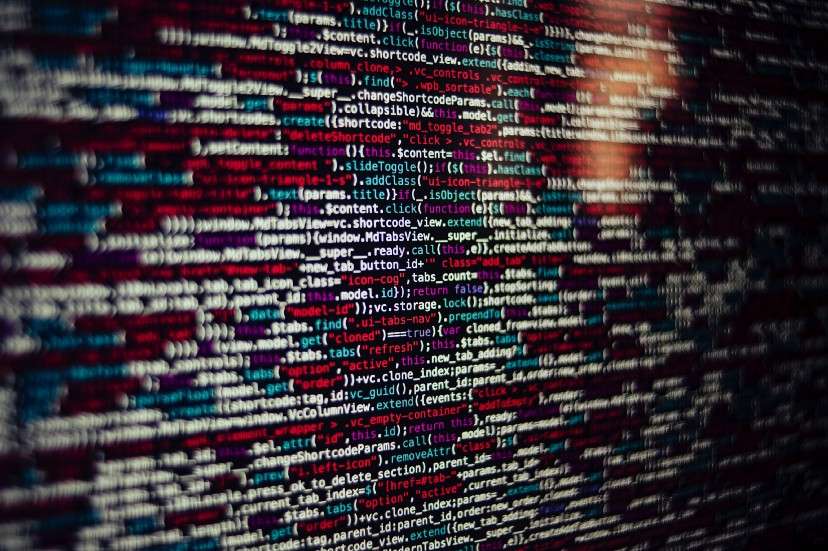These commands help you save a lot of time while working on any kind of analysis using Pandas
Import commands
# imports
import random
import time
import os
import pandas as pd
import seaborn as sns
import numpy as np
from scipy import stats as sts
import matplotlib.pyplot as plt
a4_dims = (11.7, 8.27)
plt.rcParams['figure.figsize'] = a4_dims
# to remove warnings
import warnings
warnings.filterwarnings('ignore')
#to display all rows columns
pd.set_option('display.max_rows', None)
pd.set_option('display.max_columns', None)
pd.set_option('display.expand_frame_repr', False)
pd.set_option('max_colwidth', -1)
# to remove scientific notation
pd.set_option('display.float_format', lambda x: '%.3f' % x)Other commands:
#timing your program?
import time
start = time.time()
# your code here
end = time.time()
print(end - start)
# working with date time
# convert a col to datetime pandas
df['date'] = pd.to_datetime(df['date'])
#Change working directory
import os
os.getcwd()
os.chdir("directory")
%pwd
%cd folder
# get df value
df['col'][1].item()
# create empty df with n cols & m rows
#read excel
pd.read_excel('.xlsx', sheet_name = 'Sheet1')
# remove index while exporting
df.to_csv('csv', index = False)
#importing multiple files in a directory
l = [pd.read_csv(filename) for filename in glob.glob("path\*.csv")]
df = pd.concat(l, axis = 0)
df = pd.concat(l, axis = 1)
df = df1.append(df2)
axis - 0 row - 1 col
df = pd.merge(df1, df2, on = 'com_col', how = 'outer')
#index reset
df.reset_index(drop = True, inplace = True)
#change dtype
df.Weight = df.Weight.astype('int64')
#replace blanks with NaN
df.replace(r'^\s*$', np.nan, regex=True)
#accepts only 1D , get all unique elements in a column
pd.unique(df['col1'])
df['col1'].unique()
#to flat 2D into 1D
df[['col1', 'col2']].values.ravel()
#to flat 2D into 1D & get only unique values
pd.unique(df[['col1', 'col2']].values.ravel())
#number of unique elements in one column
df['col1'].value_counts()
#number of unique elements in all columns
df.nunique()
#missing values
sns.heatmap(df.isnull())
# NaNs by col
df.isnull().sum(axis = 0)
#drop a column in df
df.drop(['colname'], axis = 1)
#percentile
df['col'].quantile(0.1) #top 10 percentile
#filter columns based on names
col_list = list(df.filter(like = 'Avg_').columns)
#create a sample dataframe
df = pd.DataFrame({'col1': [1,2,3], 'col2': [11,22,33]})
df = pd.DataFrame({'x': [1,2,3], 'y':[11,22,33]}, columns = ['x1', 'y1'])
#with n cols & rows
pd.DataFrame(index=np.arange(1), columns=np.arange(8))
#sorting values by 1 col
df.sort_values(by = ['col1'], ascending = True)
#sorting values by more columns
df.sort_values(by = ['col1', 'col2', 'col3'], ascending = True)
#renaming the columns
df.rename(columns = {'col1':'rnm1', 'col2':'rnm2'}, inplace = True)
#column slicing
all = df.columns
except last one = df.columns[:-1]
mirror columns = df.columns[::-1]
#filter function
df.filter(['col1', 'col2', 'col3'])
df.filter(regex = '/d')
#upto 2 place decimal
"{:.2f}".format(x)
#row slicing
#top 4 rows
df[:4]
#col slicing
df[(cond1) | (cond2) & (cond3)] #where cond1 = df['col1'] > 2
#iloc & loc
df.iloc[<index>, <index>]
df.loc[(cond1), ['col1', 'col2']] #where cond1 = df['col1'] > 2
#groupby
df.groupby(by = ['col1'])['reqcols'].mean()
#replacing nan with space
df['col1'] = df['col1'].replace('whattoreplace', 'replacewith')
df = df.replace('','')
df = df.fillna('')
#drop rows with nan
df.dropna()
#converting string to datetime
df['col1'] = pd.to_datetime(df['col1'])
#summary & transpose
df.describe().transpose()
#check for null values in a column
df.isnull().any()
df.isnull().all()
df['col1'].isnull()
df['col2'].notnull()
#null values in each col
df.isna().sum()
#check for non-null values
pd.notnull()
#isin in andas
df['col1'].isin('somelist')
#dropping duplicates
#drops duplicates excluding first occurence
df.drop_duplicates()
#drops duplicates excluding last occurence
df.drop_duplicates(keep = 'last')
#drops duplicates by col
df.drop_duplicates(['col1'])
df.drop_duplicates(['col1'], keep = 'last')
df.drop_duplicates(subset = 'Col1')
#joining dataframes
#Creating a pivot
df.pivot('A', 'B', 'C') - [A - vertical, B - Horizontal, C - values]
pd.pivot_table(df, values = '', index = ['',''], columns = [''], aggfunc = np.sum)
#Unpivot
pd.DataFrame(pivoted.to_records())
#replace infinity with nan
df.replace([np.inf, -np.inf], np.nan)
#check for infinite values
np.isfinite(df).any()
#data types of all columns
df.dtypes
#data type of a single column
df.colname.dtypes
#convert dtypes
df['col'].astype(str).astype(int)
#lambda function
lambda x : x + 10
#applying functions to a dataframe
df.apply(lambda x: x + 3)
#apply function referencing multiple columns
df['Value'] = df.apply(lambda row: my_test(row['a'], row['c']), axis=1)
#if else loop in a lambda function
df.apply(lambda x: 1 if x == 'W' else 0)
#List Comprehensions
ls = [i for i in ls1 if i not in ls2]
#numpy array methods
np.zeros((shape))
np.ones((shape))
np.full(5, -1)
np.full((2,5), -1)
#list methods
list.sort()
list.sort(reverse = true)
ls = ['a','b','c']
"".join(ls) = abc
"-".join(ls) = a-b-c
#reverse a list
list.reverse()
#remove list items
list.clear()
#remove - removes the element from the list
ls.remove(element)
list.pop[0]
#pop - last element
ls.pop()
#pop at index
ls.pop(0)
del list[0]
#get list index
list_name.index('element')
#append - adds an element to the list
ls.append(element)
#extend - adds ls2 to the end of ls1
ls1.extend(ls2)
#insert
ls.insert(position, element)
#delete - deletes the element at that index
del ls[0]
del ls[:] #deletes all elements from the list
#enumerate
enumerate(iterable, start)
li = ['a','b','c']
ob = enumerate(li)
#String methods
str.endswith('pattern')
# EDA notes
https://pandas-profiling.github.io/pandas-profiling/docs/master/rtd/[post-views]
